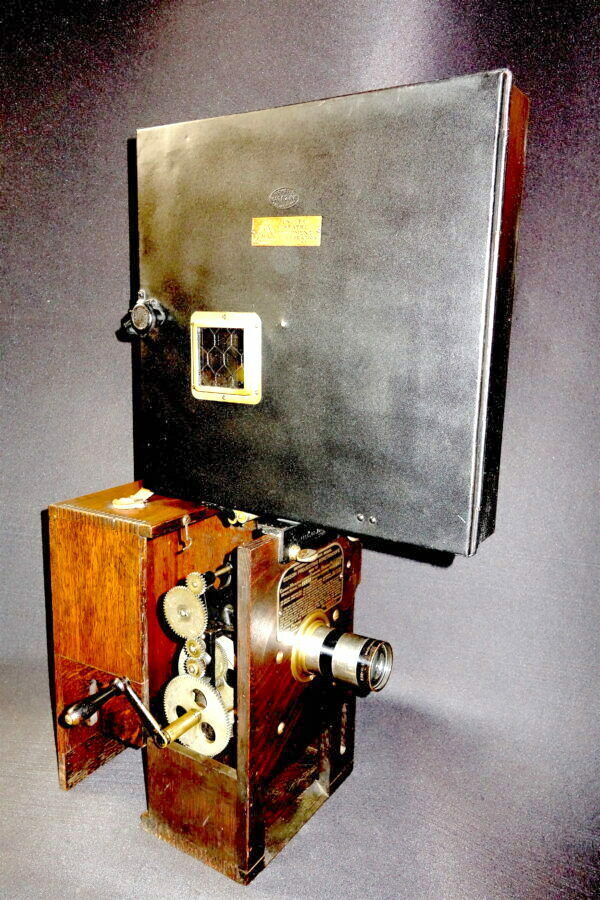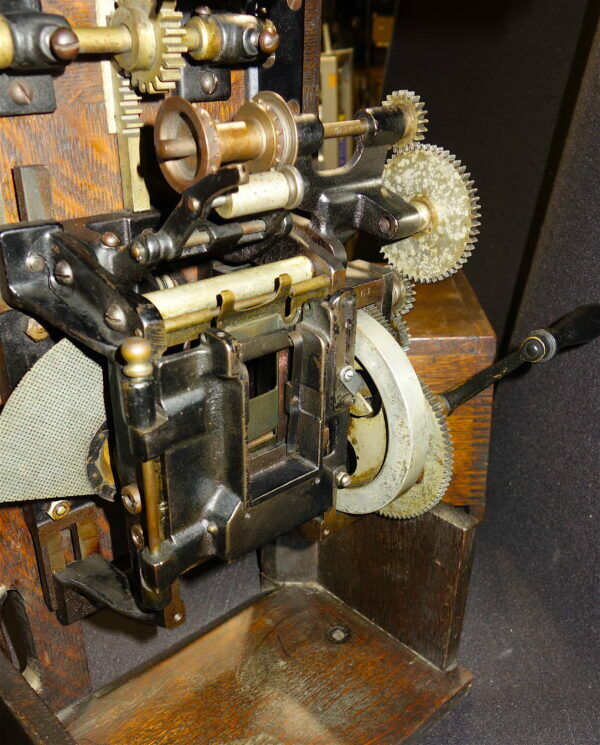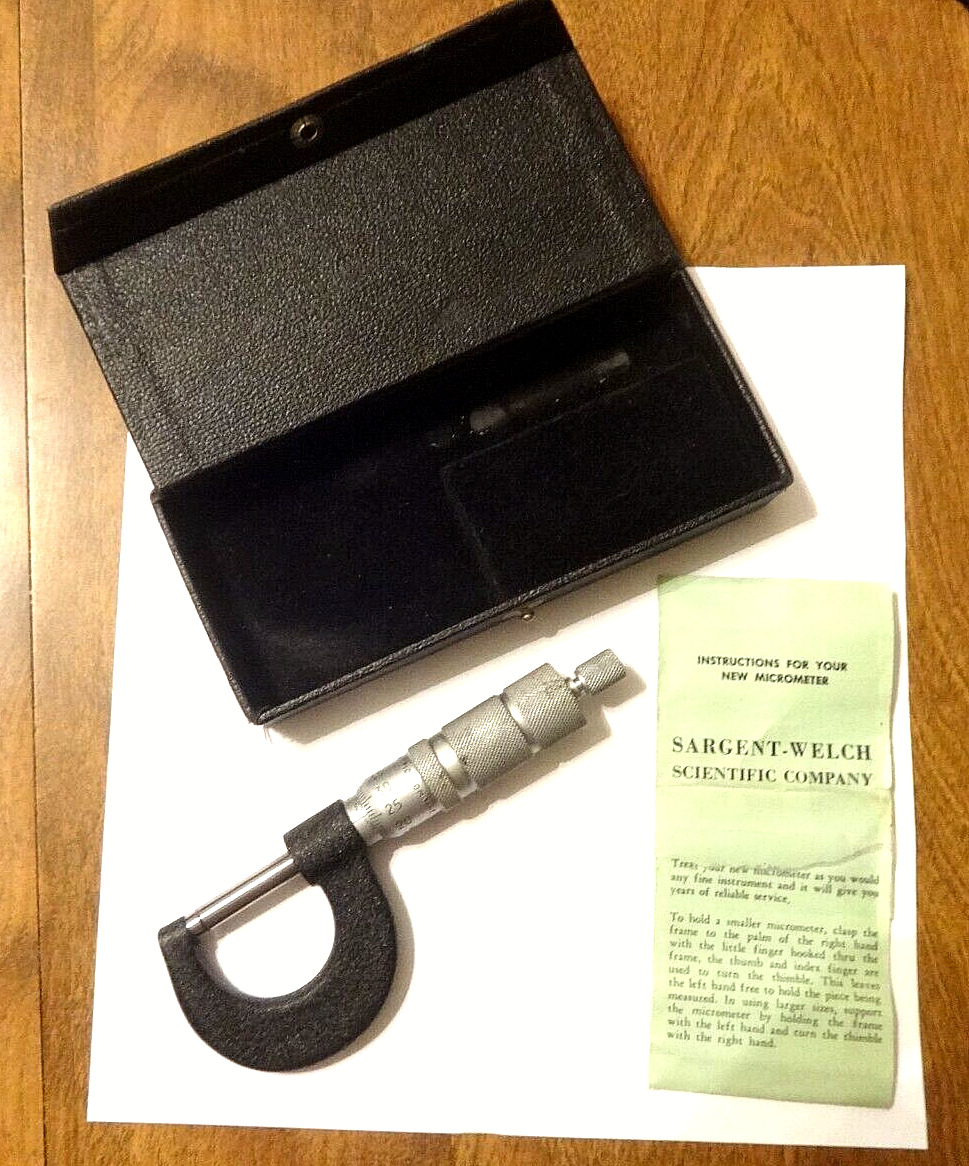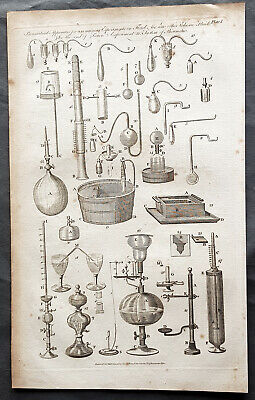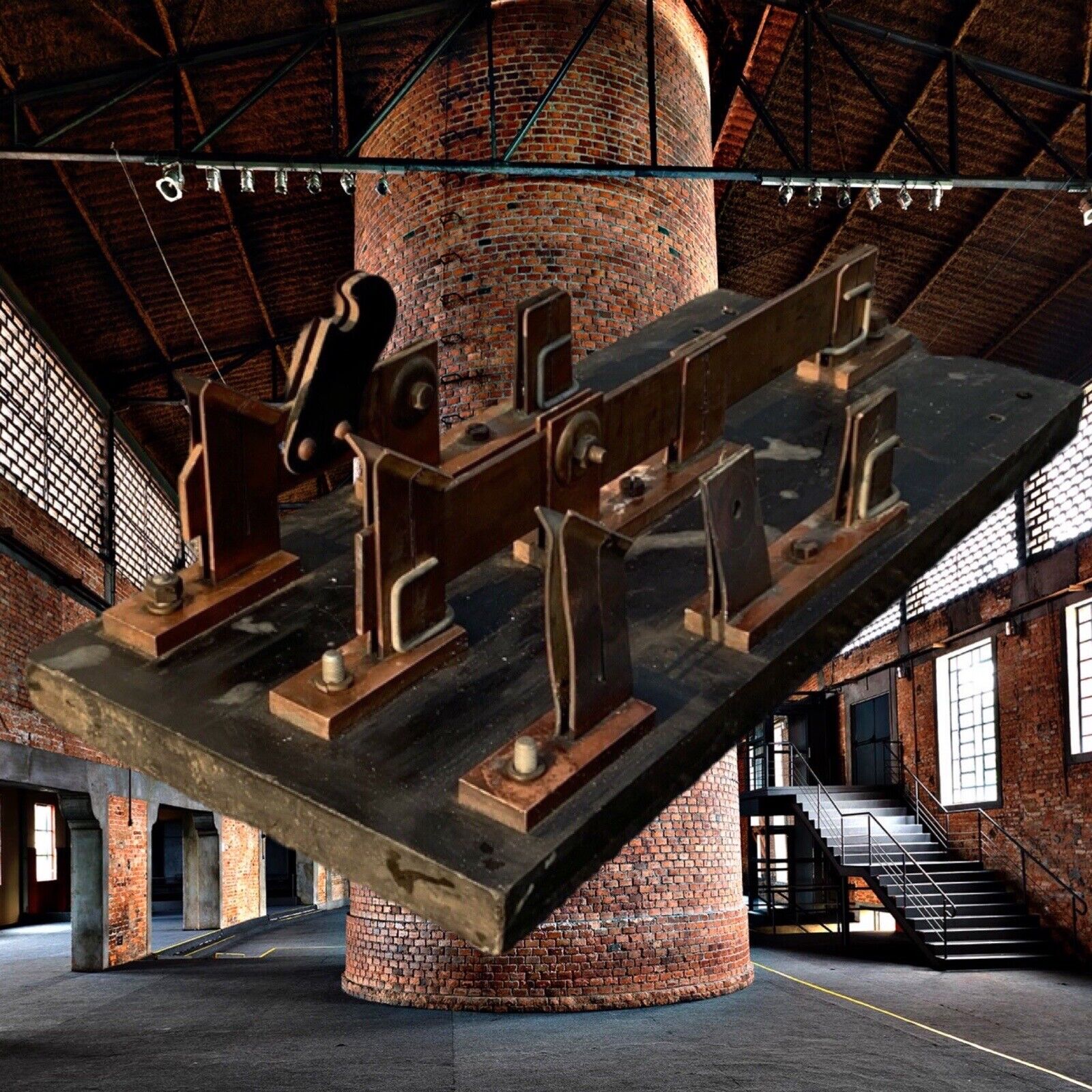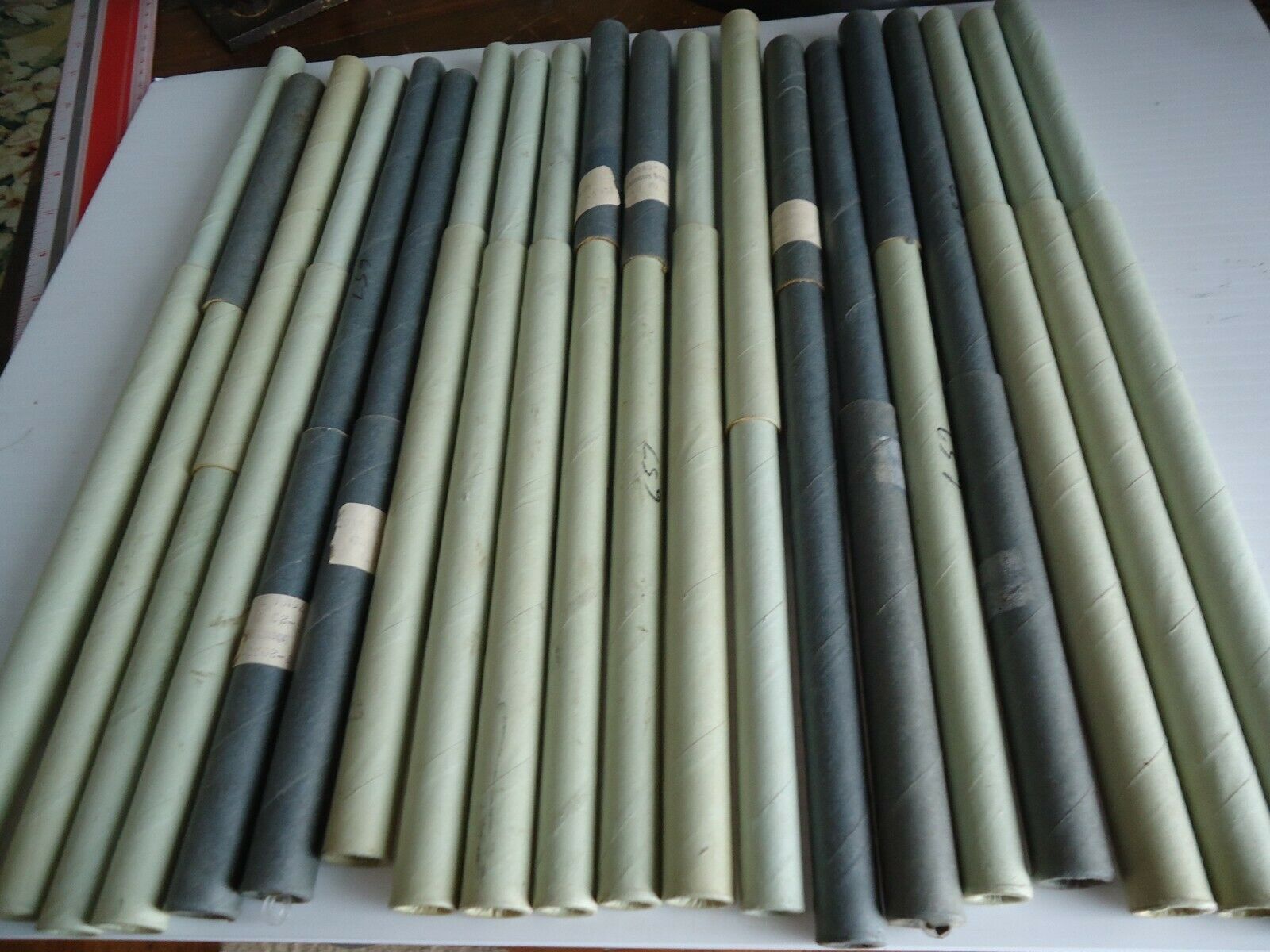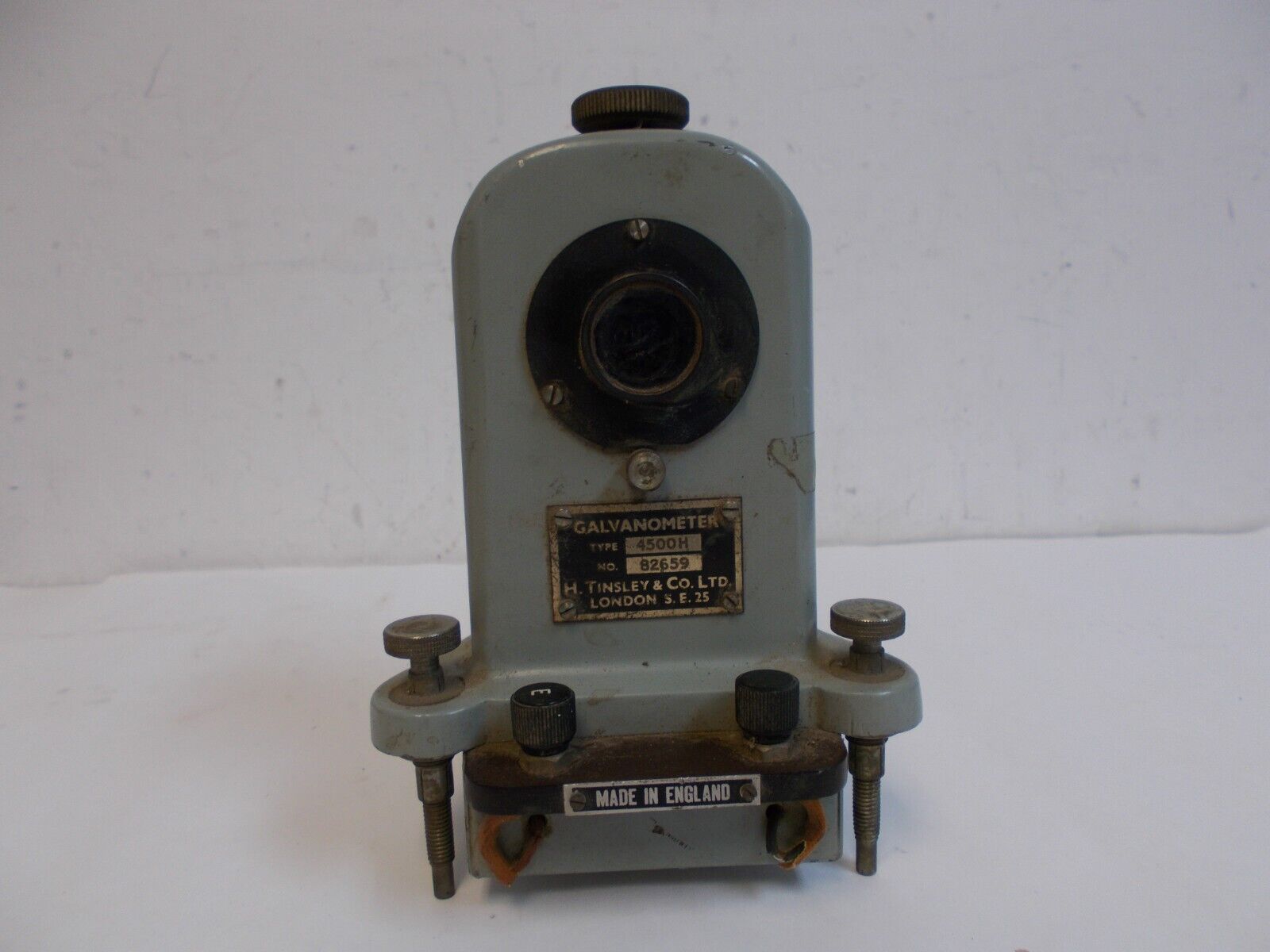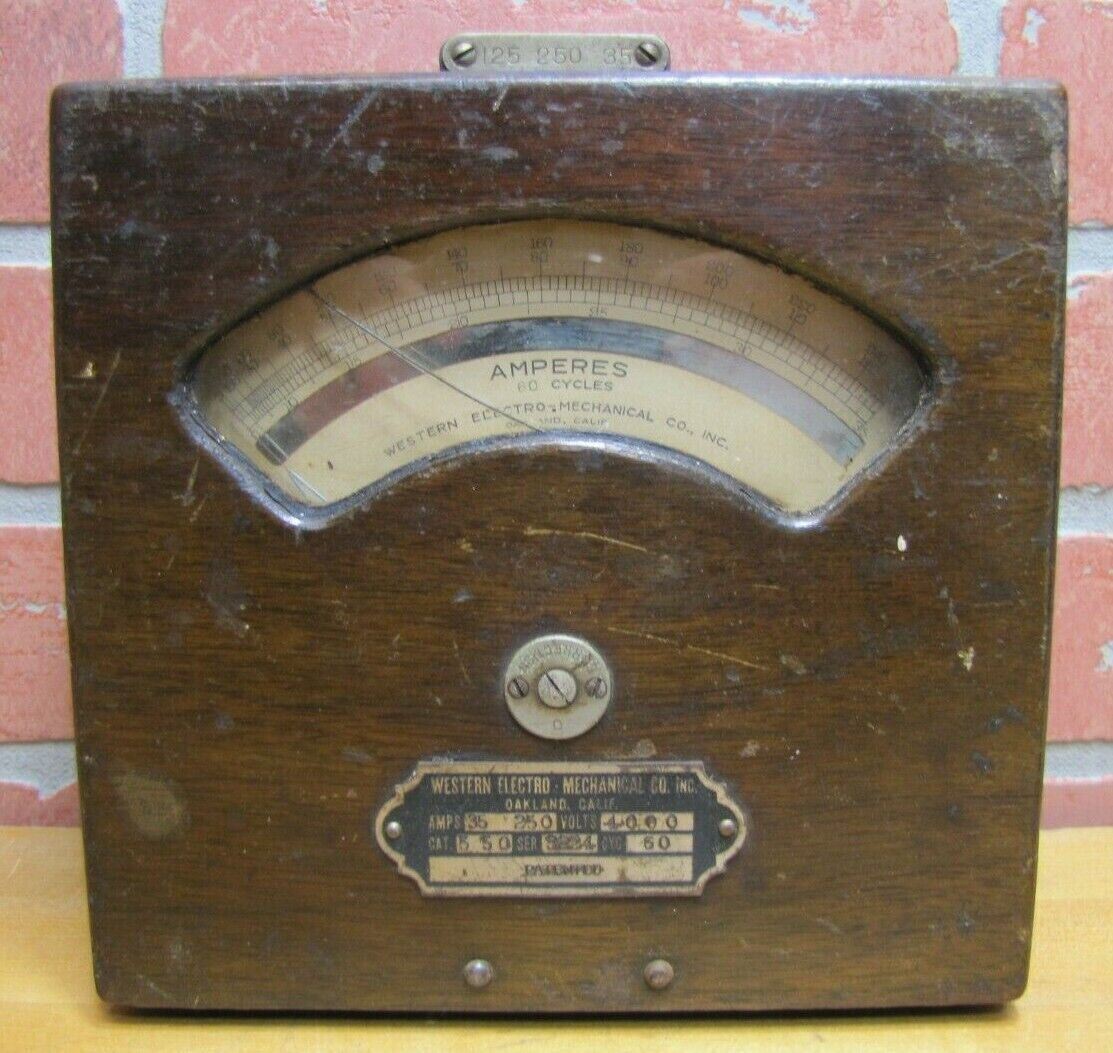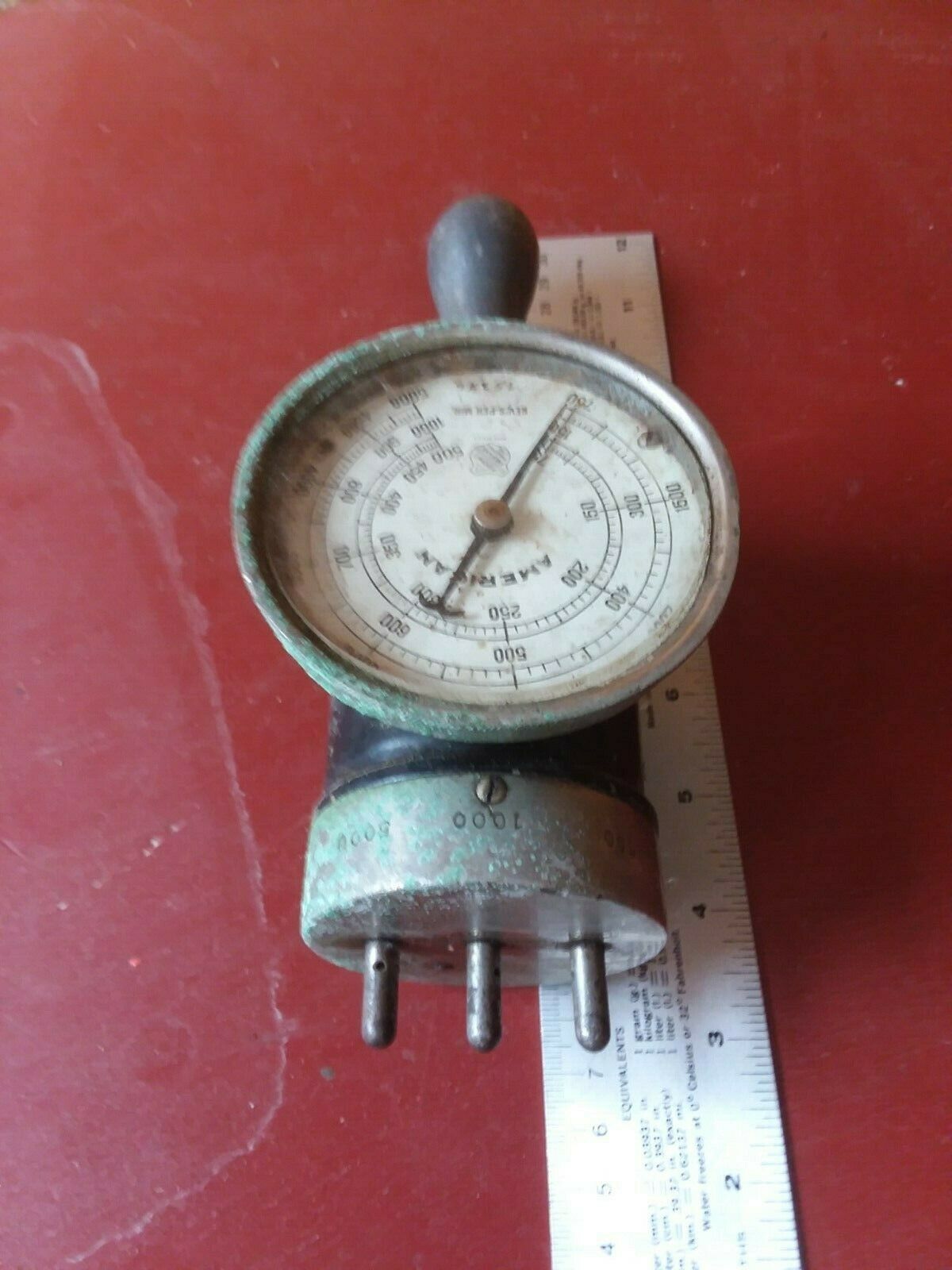-40%
Edison 35mm Projecting Kinetoscope, Hand Crank Circa 1897-1903 Cinema Projector
$ 17946.72
- Description
- Size Guide
Description
Submitted for your consideration is this 1897 designed & patented, Circa 1903 built, Edison Projecting Kinetoscope.This circa 1903 Improved Exhibition Model 35mm projection machine represents one of the most classic yet refined (improved) 35mm hand crank cinema projectors and was invented by Thomas Alva Edison and William Dickenson in Orange New Jersey by The Edison Mfg. Company.
The projection mechanism is complete and is operating and cranks film. It has a square Powers metal feed film magazine attached correctly on top but does not have a lamp house or a lower take up arm or reel.
The hand cranks on these are usually lost and replaced with clones, fakes or non correct handles. This one is an Edison Original ! Very rare.
This is the perfect display size configuration for tabletop, bookshelf or pedestal exhibition.
The projector body comes in a wood case, most likely red oak, and has a Bausch
& Lomb Cinephor projecting lens display mounted.
This example is in excellent condition with original mechanism parts and an original hand crank. The wood is in excellent condition and has been well nourished over the years and shows no rot or damage. All ORIGINAL Edison metal ID face plates are in place.
This is one of the iconic artifacts of the early cinema industry and makes for a gorgeous display piece for home, office , museum or studio. Some of these are in permanent museum collections around the world.
This artifact has just arrived and while only briefly wiped down with our proprietary wood elixer, is undergoing a cleaning / conservation treatment in our workshop. But, we will NOT be restore it, as a way of preserving this wonderful and original antique with all its original working patina.
The photos speak for themselves as to the impressive historical and display presence of this very rare artifact.
As with all of our pieces, a signed and sealed “Certificate of Authenticity” is included with your purchase.
We will ship worldwide to USA approved destinations.
Let us hear from you if interested.
We will match or better the price of any identical piece and offering.
We have been selling & collecting cinema antiques for over 50 years.
Shipping & packing is additional. Only proper heavy duty cushion packing is offered by our firm. This is a nice example of a H.J. Green Fortine stick barometer, early American instruments being more rare. Appears to be in good working condition however I know nothing about these so please keep that in mind.
Postage will be if within the US, no shipping outside the US.
Serial number 10496/10182A
Length 39 inches
Here is some information on James Green and his
successor
H. J. Green:
James Green
1808-1896
James Green, the son of Samuel and Sarah Green
was born in London, England in 1808 and moved to the United States opening an instrument shop in Baltimore around 1832.
He opened a second shop in New York in the early 1840s, and retired in 1885. Mr Green
was in the United States 72 years and in New York City 46 years; he died at New York City June 12, 1896.
Baltimore, Maryland City Directories from 1833-1849 list James Green as a philosophical and mathematical instrument maker.
The Baltimore directories list as follows:
1833 Green, J. & W., optician, 41 South St.
1835-36 Green, James, philosophical instrument maker, 72 Baltimore St.
1837-38 Green, James, philosophical instrument maker, 15 Liberty St.
1840-41 Green, James, mathematical and philosophical instrument maker, 1 S. Liberty St.
1842 Green, James, mathe-sophical instrument maker, 53 South St., advertisement page 15.
1845 Not listed.
However in the index on page 6, under mathematical instruments is James Green, listed as an advertiser.
1847-50 same listing as 1840-41.
1851 directory F. W. & R. King advertise as successors to James Green.
1876 directory Edward Meister advertises as successor to F. W. & R. King.
James Green of Baltimore who sold his business there in 1850 to F. W. & R. King came to New York in 1850 and continued to manufacture mathematical and philosophical instruments.
New York City Directories from 1850-1889 list James Green as an Optician, Importer and Manufacturer of mathematical and philosophical instruments
as follows:
1849-50 to 1889 Green, James, Optician, Importer and Manufacturer of mathematical and philosophical instruments.
The Federal Census of New York City, Ward 23, for 1880 lists James Green as 72 years old born in England.
Nicolas Fortin, an instrument maker in Paris in the early nineteenth century, introduced a mercury barometer with a glass and leather cistern so designed that the barometer could be safely moved from one place to another. James Green began making Fortin-type barometers for the Smithsonian in the 1850s, though with a slightly different design to the cistern. This example marked “HENRY J. GREEN B'KLYN, N.Y.” was made after 1890 James Green's nephew and successor moved to Brooklyn.
